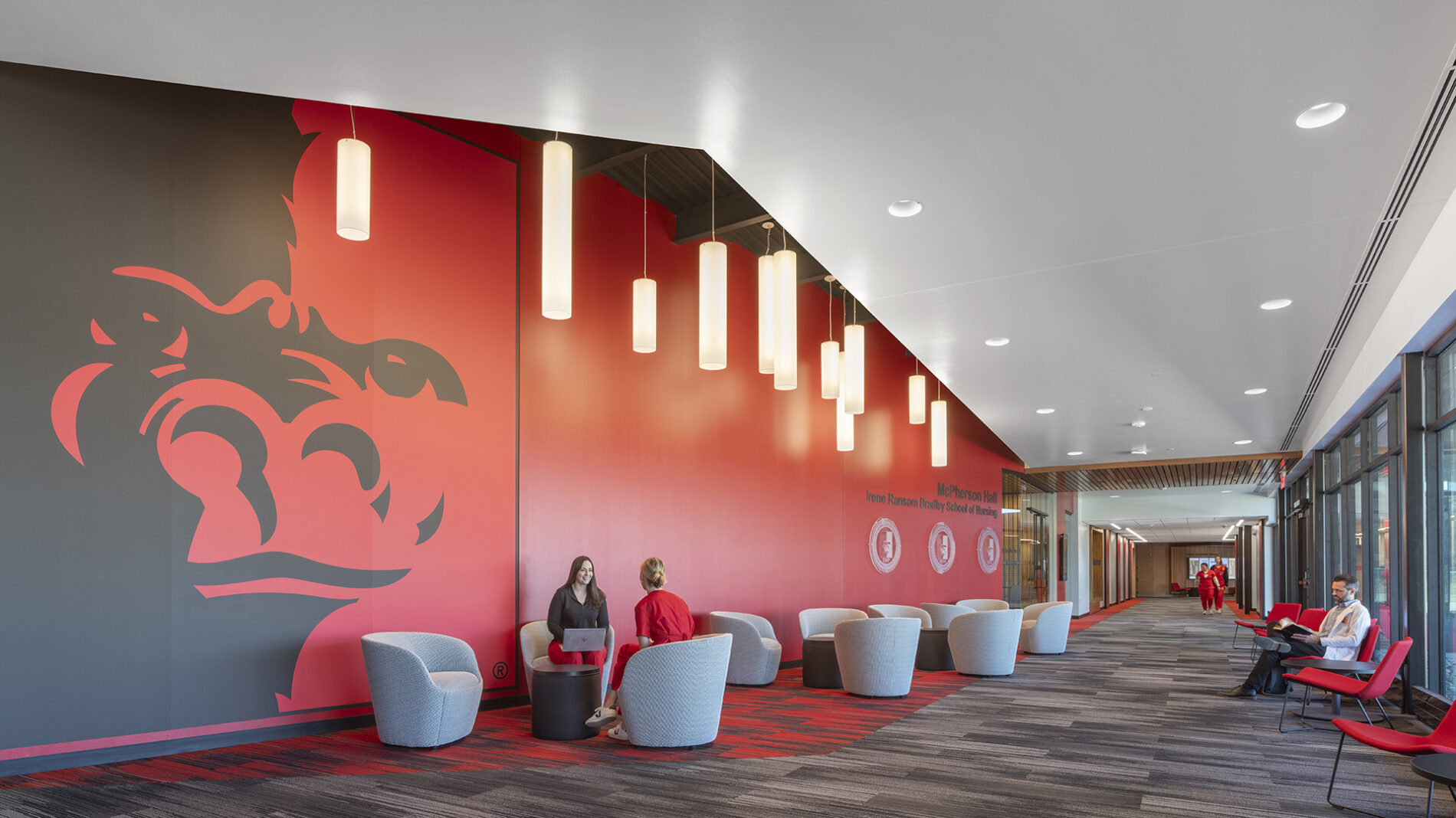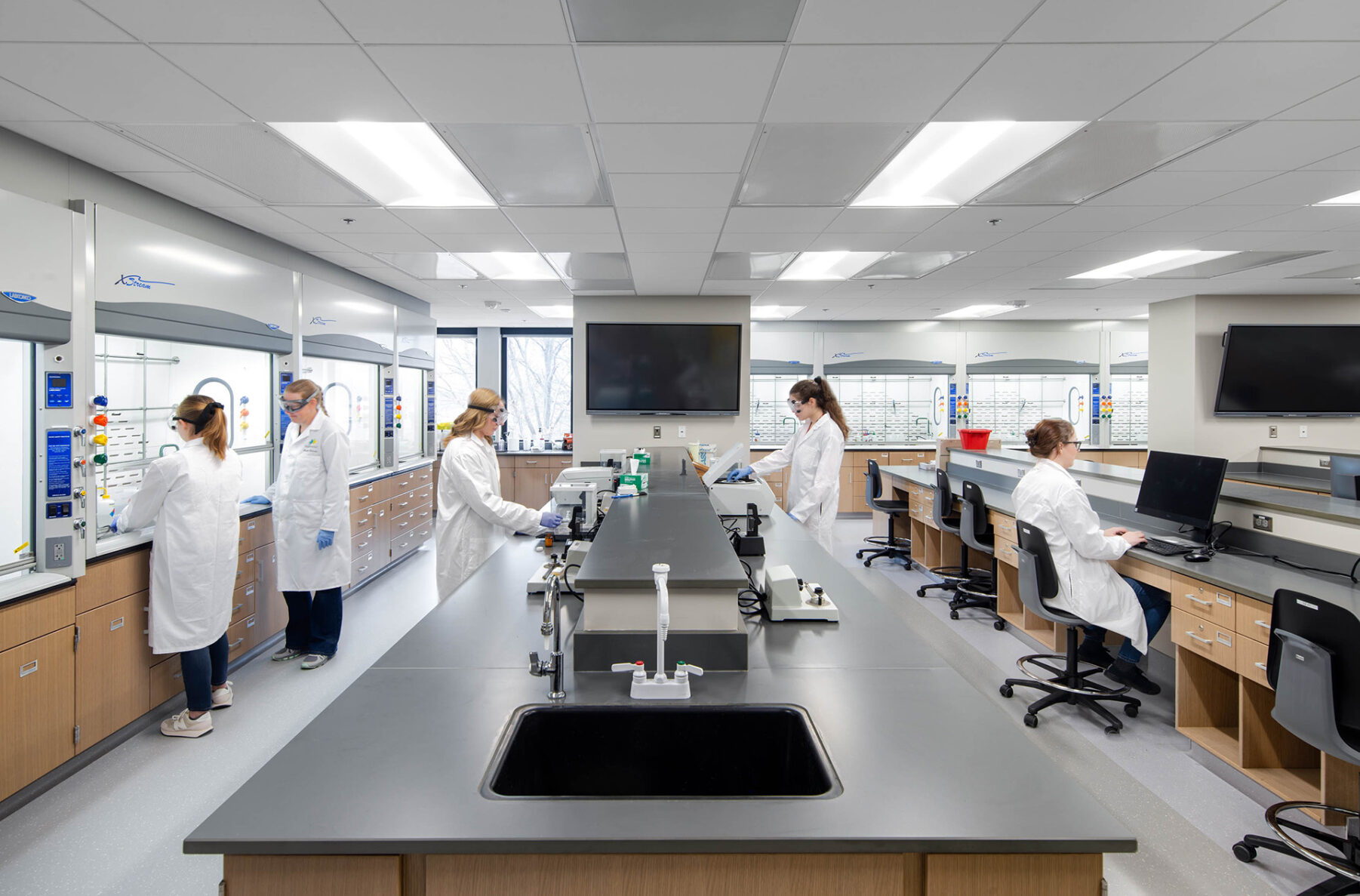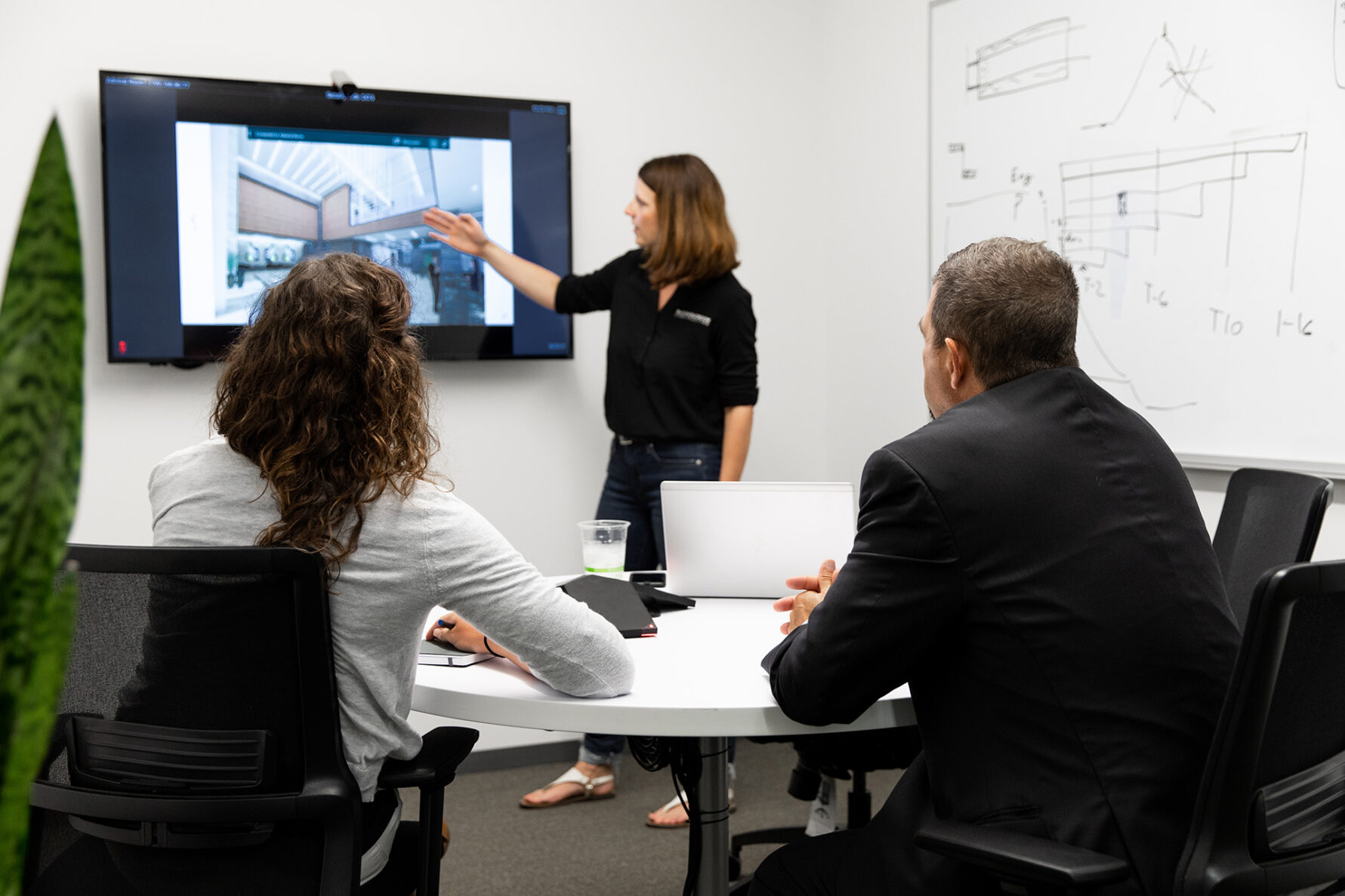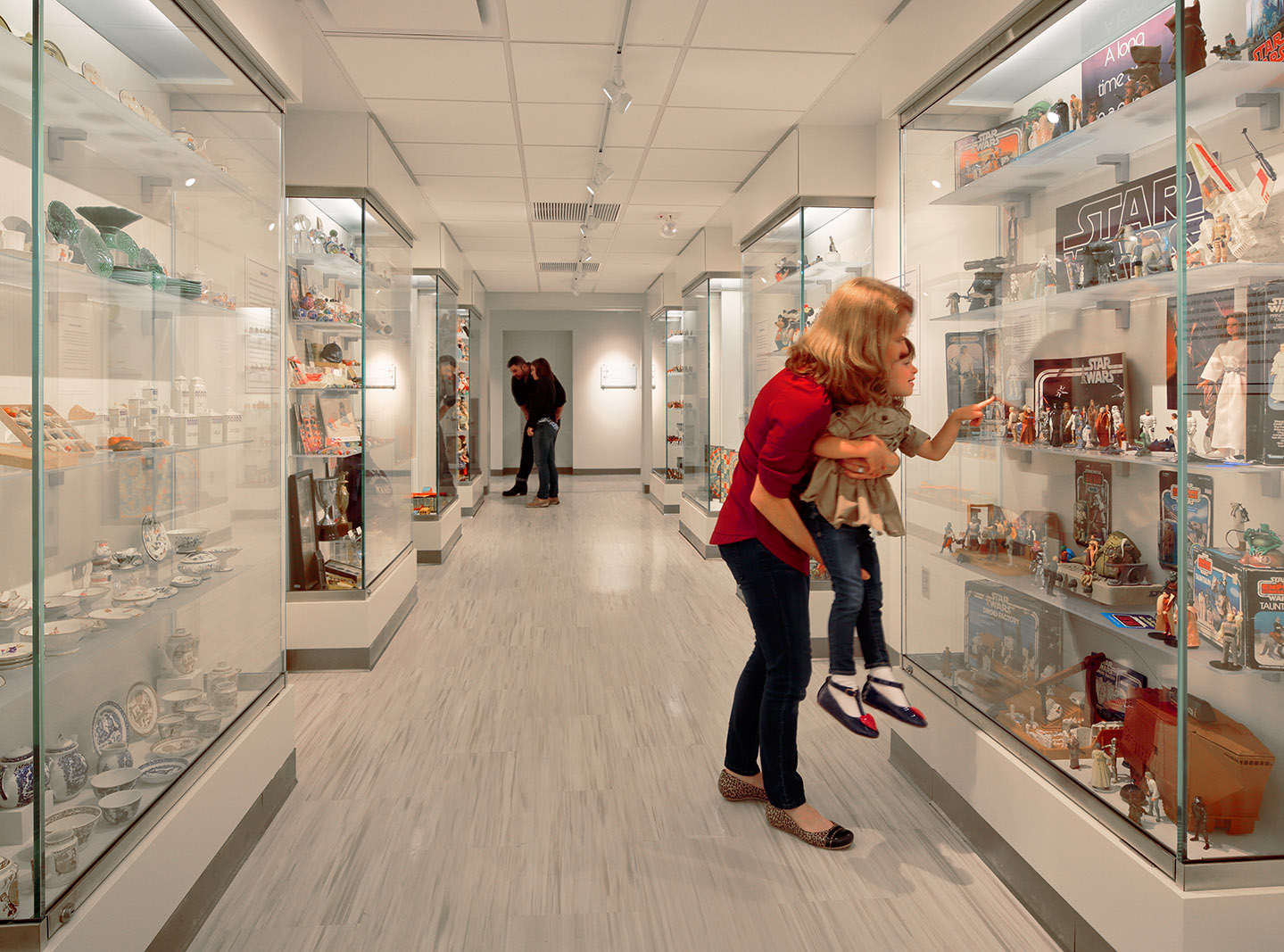From Classrooms to Construction Zones: 5 Keys to Stress-Free College Campus Renovations
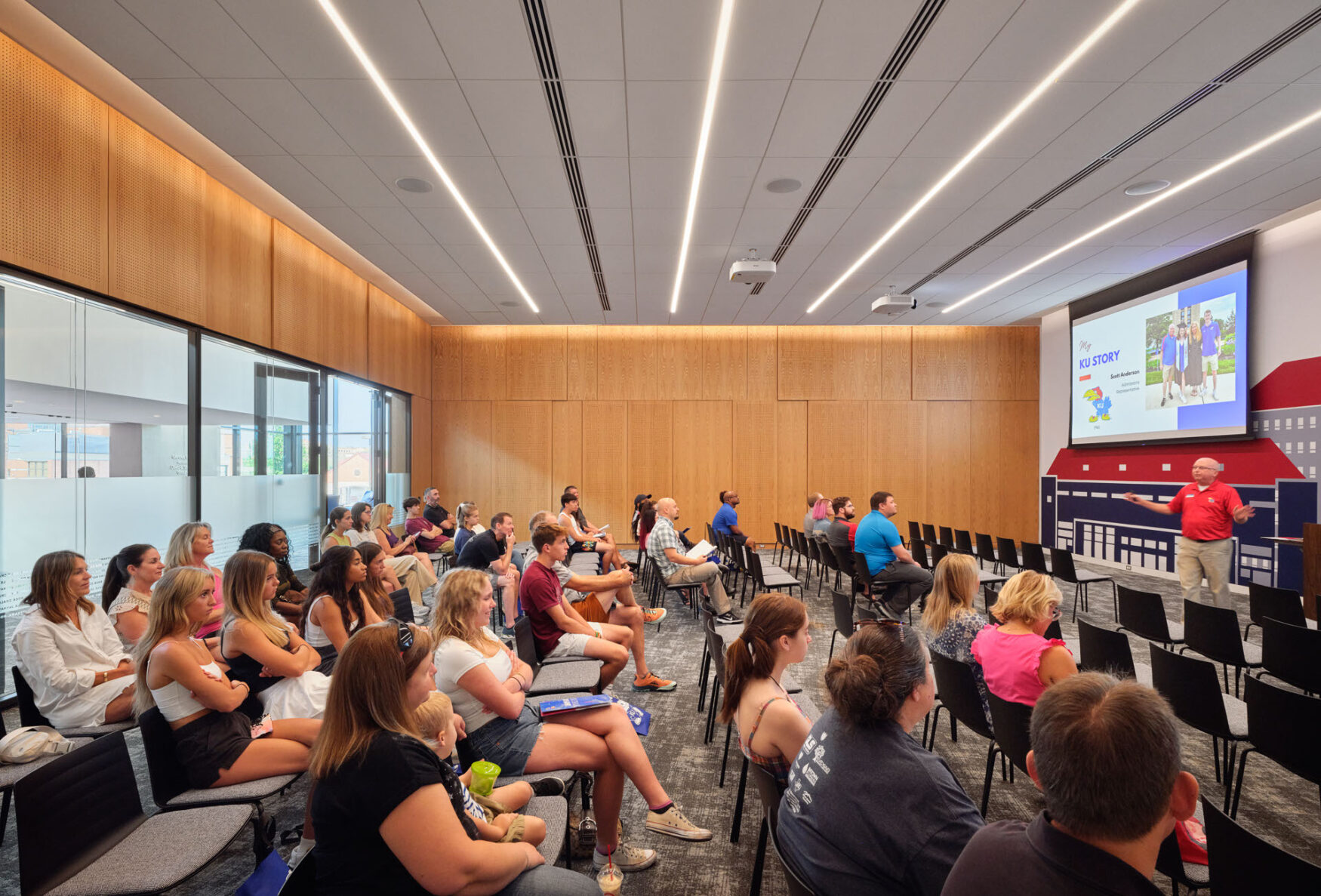
Renovations on active college campuses are a complex endeavor that require careful planning, a deep understanding of the unique challenges and expert collaboration between all parties. From preserving the historical integrity of iconic campus structures to ensuring the safety of all students, faculty and staff during construction, a successful renovation hinges on addressing multiple critical factors. Below, we explore five key elements that are essential to any renovation project on higher education campuses.
1. Ensuring the Safety of All Pedestrians
At McCownGordon, safety is always our number one priority. Projects on active campuses require detailed site-specific safety and logistics plans to maintain the safety of the thousands of students, faculty and visitors moving through these campuses daily.
Our approach to safety on active campuses relies heavily on clear signage and wayfinding. Additionally, we meet regularly with the campus security and facility teams to walk the job site and make any necessary modifications to accommodate campus activities. Our goal during these renovations is to not only keep everyone safe, but to minimize our impact on the campus and campus activities.
2. Maintaining the Student Experience During Construction
No matter the time of year, college campuses are bustling with students, faculty and staff. Construction inevitably hinders aspects of the campus experience, but there are ways to be a good neighbor and minimize disruption to regular activities. Proactively accounting for the university events (football games, parades and more) allows construction to remain on schedule while not interrupting large campus events. Additionally, a good construction manager goes above and beyond to maintain the student experience. At McCownGordon, we set ‘quiet hours’ where construction noise is minimal to allow students to have peaceful study hours and leverage the university’s preferred communication methods to keep students and faculty aware of construction progress.
3. Preserving Historical Integrity
Many higher education institutions are home to buildings with historical significance and intricate architecture. It is a delicate balance to preserve the historical integrity of these structures whilst creating a new, vibrant environment that meets contemporary needs. The key to balancing preservation and modernization starts with a thoughtful design approach that honors the existing architecture while bridging the gap between old and new.
From there, it is critical to assess the building’s foundation and structural framework to ensure it can support the intended use without compromising the historical elements. The use of skilled craftsmen and trade partners who can utilize similar techniques to match existing elements is ideal when restoring historic structures. Lastly, it is critical to carefully preserve any historical work throughout the entire duration of the project. Continuous monitoring of these historical elements will help to prevent damage during the construction process.
4. Careful Coordination Between New & Existing Structures & Utilities
With any renovation project, the tie-in of new and renovated sections with existing structures, systems and utilities is critical. This process can be daunting with large, complex renovations like those often found on college campuses. That’s where McCownGordon’s Building Performance Solutions Group comes in. Our team of in-house engineers, commissioning and quality assurance and control experts help to address complex mechanical, structural, soil and envelope challenges that may arise. Through the use of cutting-edge technology such as BIM 360 ° modeling and laser scanning, our team can simplify clash detection and generate exact models which can be used in complex renovation work. Our scanning technology is accurate within 5mm – giving the design team confidence in existing conditions in order to design feasible components to work with existing structures and systems.
5. Close Collaboration Between University, Architect & Construction Manager
Successful campus renovations hinge on the strong collaboration between all key stakeholders: the university, the architect and the construction manager. Each party brings unique expertise and perspectives that are crucial to navigating the complexities of campus renovations. The university intimately knows the current needs of the campus and understands the long-term vision. The architect brings creative design solutions, and the construction manager ensures the project is completed efficiently and safely. Regular meetings, open channels for feedback and a commitment to transparency from all stakeholders ensures the final outcome meets the needs of the entire campus community. By working together, the project team can better anticipate challenges and make informed decisions that help deliver a successful renovation that enhances the university for years to come.
Renovations on higher education campuses are often challenging, but always rewarding. It is a delicate balance of maintaining the history of the structure while integrating new systems and utilities. McCownGordon is a leading higher education builder with an extensive portfolio of complex renovations. You want to be confident that your construction manager can successfully lead your higher education project to fruition. Contact Us Today!

